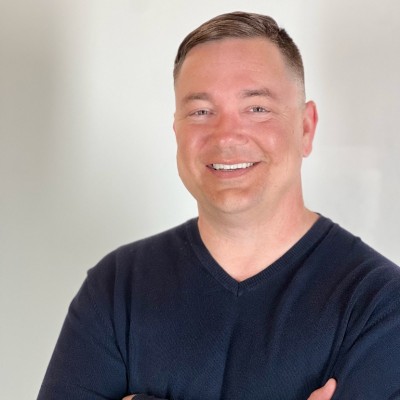- Video Library
- Nathaniel Smith Presents nSight Surgical at LSI USA '24
Nathaniel Smith Presents nSight Surgical at LSI USA '24

Nathaniel Smith
Inventor, serial entrepreneur, founder, design leader, product architect, and technologist.
Nathaniel C. R. Smith is a serial entrepreneur and inventor with 20 years of experience in product design and product management delivering immersive software and hardware products at scale.
He has prior startup experience in the medical technology space with proven success, as well as delivering high quality technical products for tier 1 technology clients.
His expertise resides at the intersection of human computer interaction HCI and architecture, he enables people to speak to places. Finding human-centered ways to meet user needs with aesthetic harmony and delight is what drives him.
Nathaniel Smith
Inventor, serial entrepreneur, founder, design leader, product architect, and technologist.
Nathaniel C. R. Smith is a serial entrepreneur and inventor with 20 years of experience in product design and product management delivering immersive software and hardware products at scale.
He has prior startup experience in the medical technology space with proven success, as well as delivering high quality technical products for tier 1 technology clients.
His expertise resides at the intersection of human computer interaction HCI and architecture, he enables people to speak to places. Finding human-centered ways to meet user needs with aesthetic harmony and delight is what drives him.

17011 Beach Blvd, Suite 500 Huntington Beach, CA 92647
714-847-3540© 2025 Life Science Intelligence, Inc., All Rights Reserved. | Privacy Policy







